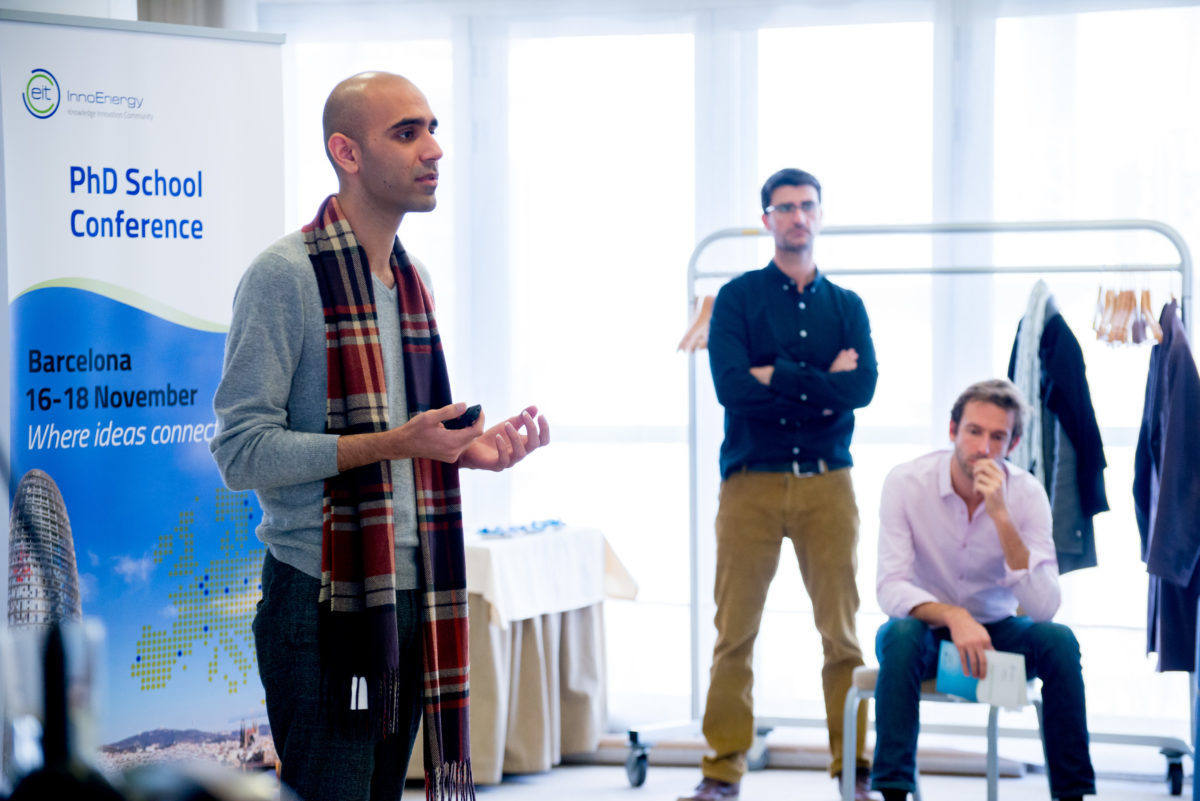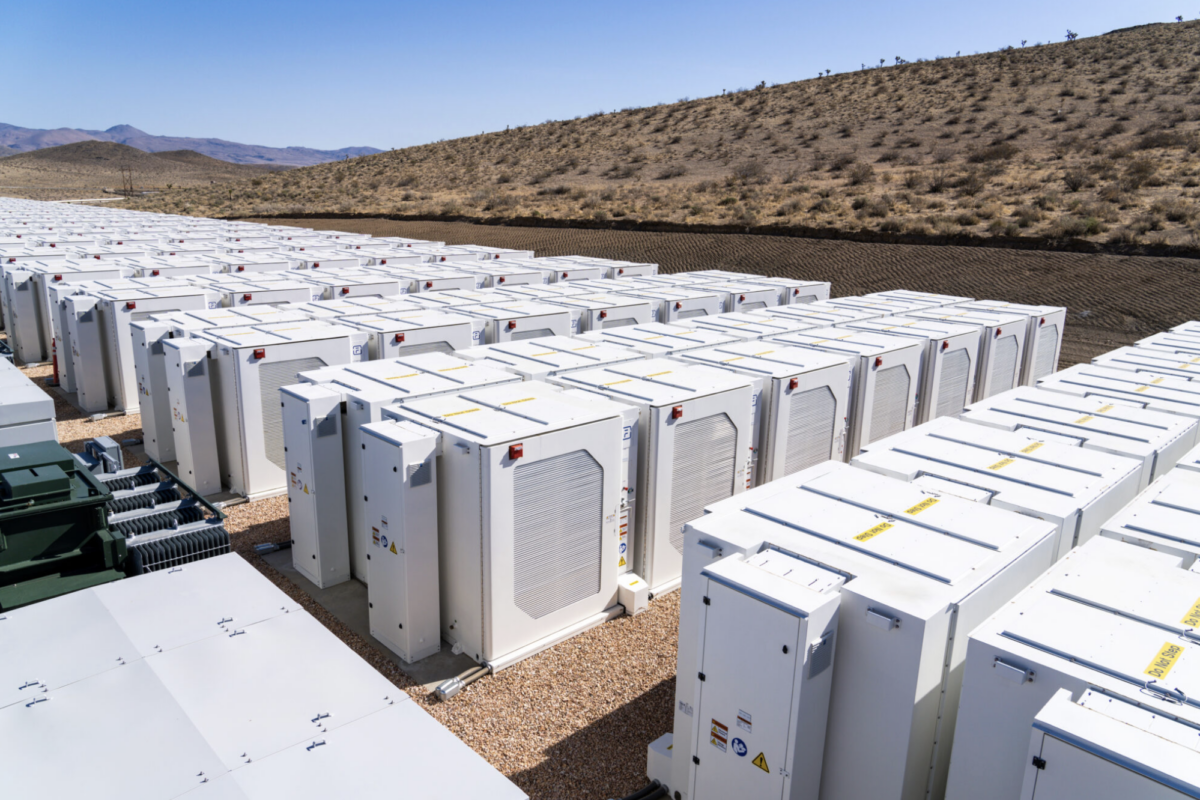A world of connected structures, making use of the whole range of technologies and data to enable efficient energy use, could ease the delivery of healthcare, education and industrial production across the developing world. And by leveraging abundant renewable energy sources, such as solar, this can all be achieved in a sustainable way – without incurring large carbon costs.
But we are not there yet. The story of smart buildings in the developing world is still in its first few chapters. To make sure the tale is a happy one, smart buildings ought to operate on a smart grid. Yet in many developing countries, the grid itself is under tremendous pressure. These nations need to take charge.
The burden of batteries
A major obstacle standing between developing countries, such as India and Pakistan, and smart grids is intermittent energy supply through the network. And batteries, the traditional solution to such a problem (and indeed a technology that is crucial to building flexible smart grids), can exacerbate the issue.
Imagine a grid that is offline for a few hours a day – an issue that is rather common in villages around the world. When such a system goes down, people use their batteries instead. So far, so good. But unfortunately, as soon as the grid comes back on, these batteries all start charging.
And when there are lots of batteries in a small area, this can have a real impact on the network. Grids are rarely designed to handle such loads, and repeatedly overloading transformers in this way dramatically reduces their lifespan – meaning expensive infrastructure costs just to maintain the grid. And for governments with limited budgets this makes it very difficult to invest in building something better.
Taking charge
It is apparent, therefore, that developing nations need to take control of their grids. To help flatten out energy consumption – reducing loads and preventing the spikes in demand that are holding local power sectors back.
This should start on an individual building level – making buildings smarter to support the smart grid upon which they will depend. By integrating sensors into these buildings and the appliances within them, both power suppliers and consumers will be able to track and manage energy consumption, and start matching supply to aggregate demand across the grid throughout the day.
This would seem like a complicated calculation. But with machine learning, we can program algorithms to decipher consumption patterns, and predictively allocate power wherever and whenever it is needed; allowing governments to focus on developing the infrastructure, rather than merely maintaining it.
Indeed, this is the focus of my work at Enervalis with the InnoEnergy PhD School. Working with support from Enervalis and InnoEnergy’s huge network of contacts, I have been developing smart controllers that respond to sensor data and optimize the allocation of energy in real-time. And things are looking promising: in large scale pilots in the Netherlands, we have already seen that these algorithms can reduce energy consumption without affecting the comfort of building occupants.
In fact, the benefits to occupants in developing economies can be even greater, saving hundreds of thousands of households in South Asia up to €50 per year – a huge amount for people in villages where the annual household income can be as little as €1,000.
We are now in the midst of a year-long test of our technology in Lahore to investigate its potential for replication, with a view to undertaking a full pilot next year.
Incentives for change
But just having the technology is not enough. It needs to be implemented. And implemented properly. Perhaps the biggest difficulty that developing countries face is in getting the legal framework right to enable a flexible smart grid and smart buildings.
This is no mean feat. It has taken European governments years to develop frameworks that take into account the need for secure and flexible power supplies, for privacy and for energy to come at a fair price. And the continent is still developing its legislation to get it right. It is an ongoing process even for the most advanced economies, and one that the developing world cannot expect to rush.
The other element is commercialization. As with any technology, it needs to be commercially viable to catch on. The benefits of smart buildings are clear. So governments should be looking at ways to incentivize the private sector to start adopting the technology they are made up of.
And they should. Developing nations have a tremendous opportunity to jump ahead in the energy infrastructure stakes, without the encumbrance of existing antiquated infrastructure to hold them back. Just as Africa’s mobile internet has emerged free from landline connections.
Smart buildings on the smart grid can have a similarly transformative effect on people’s lives around the world. All that is needed is for governments to make it easy for companies to implement the latest technological solutions.
Then, perhaps poverty need not be a truth universally acknowledged.
Hussain Kazmi is a PhD student at KU Leuven and Enervalis, and is enrolled in InnoEnergy’s PhD School. His studies are focused on smart buildings and how they can be more effective, both when operating in local microgrids and as part of the national electricity grid. His research is also supported by a grant from VLAIO.
The views and opinions expressed in this article are the author’s own, and do not necessarily reflect those held by pv magazine.
This content is protected by copyright and may not be reused. If you want to cooperate with us and would like to reuse some of our content, please contact: editors@pv-magazine.com.



5 comments
By submitting this form you agree to pv magazine using your data for the purposes of publishing your comment.
Your personal data will only be disclosed or otherwise transmitted to third parties for the purposes of spam filtering or if this is necessary for technical maintenance of the website. Any other transfer to third parties will not take place unless this is justified on the basis of applicable data protection regulations or if pv magazine is legally obliged to do so.
You may revoke this consent at any time with effect for the future, in which case your personal data will be deleted immediately. Otherwise, your data will be deleted if pv magazine has processed your request or the purpose of data storage is fulfilled.
Further information on data privacy can be found in our Data Protection Policy.